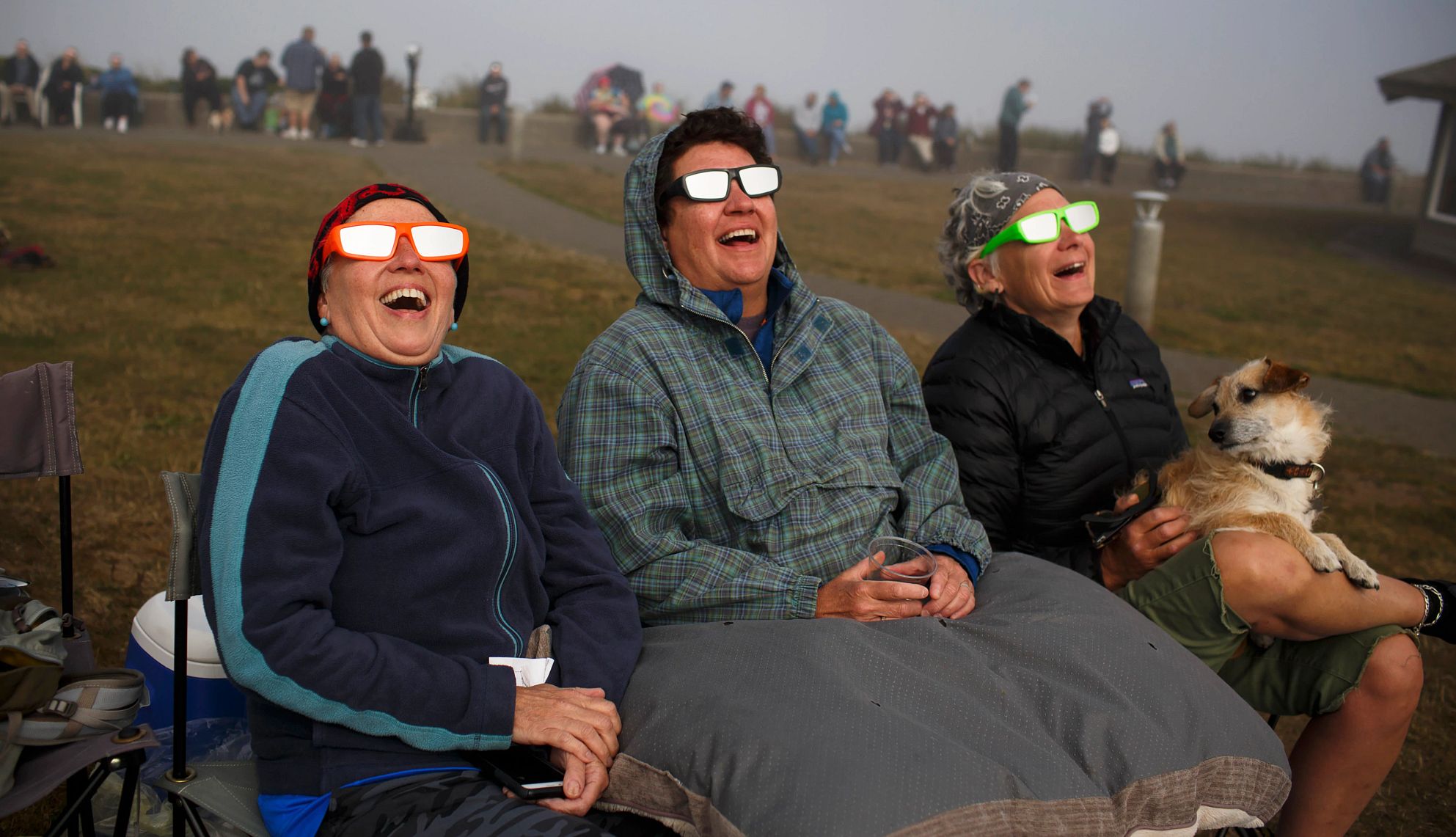AARP Hearing Center
Of those intending to witness the total solar eclipse on April 8, 71 percent are leaning toward camping, according to research by Kampgrounds of America (KOA).
“As the sun and moon align, you’re there, right in the middle of it all, perhaps enjoying a campfire and the company of friends or family,” says Erin Stender, chief marketing officer at Campspot, an online reservation platform for booking private campgrounds in North America.
Travelers are craving that very experience, planning outdoor vacations around celestial events in a burgeoning trend known as astrotourism. That’s particularly true for the April 8 event, according to KOA, where 70 percent of campers are booking outdoor vacations specifically to see the eclipse.
There’s still time for you to reserve your site. But not for long.
A phenomenon that occurs when the moon passes between the sun and Earth, causing the moon’s shadow to obscure the sun, a total solar eclipse generates temporary darkness along the path of totality. April’s event will span the U.S. from Texas to Maine and allow 99 percent of residents throughout all 50 states to see the partial or total eclipse from where they live, according to NASA.
Indeed, experts believe conditions for the coming eclipse are so favorable, it may outshine what was dubbed the Great American Eclipse of August 2017.
The path of totality is 72 percent wider than the one seven years ago, according to NASA figures, at most a width of 122 miles versus 71 miles.
“There were approximately 11 million people who lived within the totality zone in 2017,” Joe Rao, associate and guest lecturer at New York’s American Museum of Natural History’s Rose Center for Earth and Space, said in an email interview. “But this year, nearly three times as many people (32 million) will have an opportunity to witness the cosmic vision of a lifetime.”
The 2017 eclipse is especially fresh in our collective memories because it followed a 38-year gap, says Michael Zeiler, eclipse cartographer and cofounder of the Great American Eclipse, a leading online source of solar eclipse information and products. April’s eclipse will last longer: up to 4 minutes and 28 seconds, according to NASA, or about 77 percent longer than in 2017 (2 minutes and 42 seconds).
The wider path, combined with a lengthy duration, may draw up to 4 million spectators, Zeiler says.
“There is a lot of hype around a total solar eclipse,” he says. “But it is the rare phenomenon that lives up to the hype.”































































